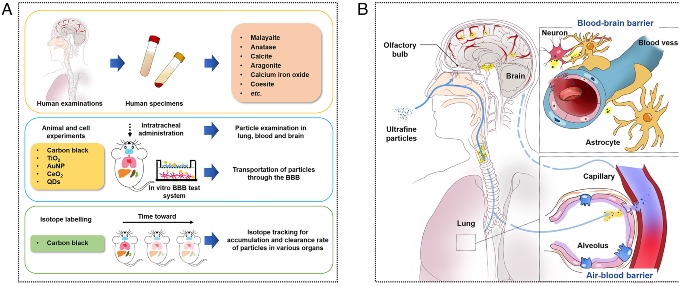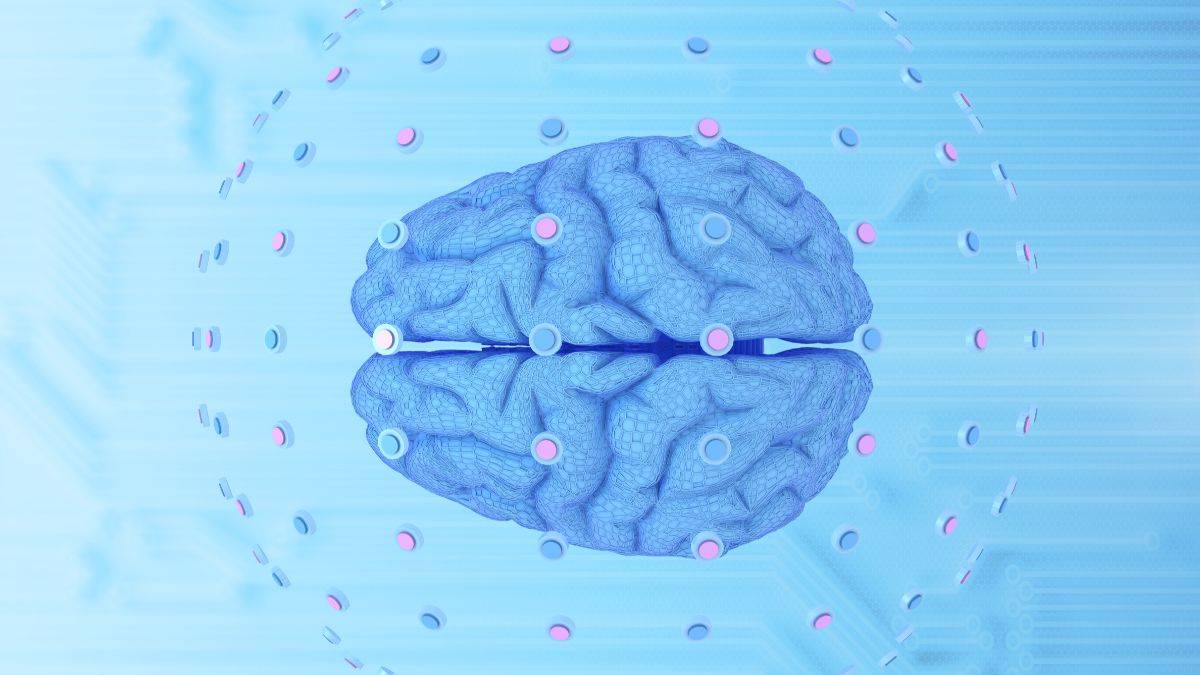International. Experts from the University of Birmingham and research institutions in China found that toxic particles, which are breathed from polluted air, could reach the brain contributing to brain disorders and neurological damage.
Specifically, the research group revealed that they had found several fine particles in samples of human cerebrospinal fluids, taken from patients who had experienced brain disorders, thus discovering the process by which toxic particles end up in the brain.

In other words, these findings, which have already been published in the scientific journal Procedures of the National Academy of Sciences (PNAS), demonstrate that toxic particles in polluted air reach the lungs where then, as part of the natural process of co2 and oxygen exchange in the blood, they are filtered into the bloodstream.
Subsequently, these harmful agents transit to the brain, where according to the study they remain longer than in other major metabolic organs, which could contribute to brain disorders and neurological damage.
Co-author of this study, Professor Iseult Lynch from the University of Birmingham, explained: "There are gaps in our knowledge about the harmful effects of fine particles in the air on the central nervous system. This work sheds new light on the link between inhaling particles and how they subsequently move around the body".
"The data suggest that up to eight times the amount of fine particles can reach the brain by traveling, through the bloodstream, from the lungs than those that pass directly through the nose, adding new evidence on the relationship between air pollution and the detrimental effects of such particles on the brain".
Consequences of toxic particles in the brain
It is important to note that air pollution is a cocktail of many toxic components, but particles, especially the so-called ultrafine particles, which are those that are suspended in the environment with a diameter between 2.5 and 0.1 microns (PM 2.5 and PM 0.1) are the most worrying in terms of health, due to their harmful effects, as they can escape the body's protective systems, including sentinel immune cells and biological barriers.

Moreover, according to the scientific study, recent evidence revealed a strong link between high levels of air pollution and marked neuroinflammation, which generates changes similar to Alzheimer's, as well as cognitive problems in older adults and children.

Thus, the most relevant fact of this research is that fine and ultrafine particles once they are in the brain cause damage to the blood barrier and surrounding tissues, a matter of gravity that adds to how complex it is to eliminate their presence.
Finally, while the team recommends generating further research in this regard, these findings offer new evidence to demonstrate the risks of particle contamination in the central nervous system.
If you want to know more about this, you can read the full article, called Passage of Exogenous Fine Particles from the Lung to the Brain in Humans and Animals, here















